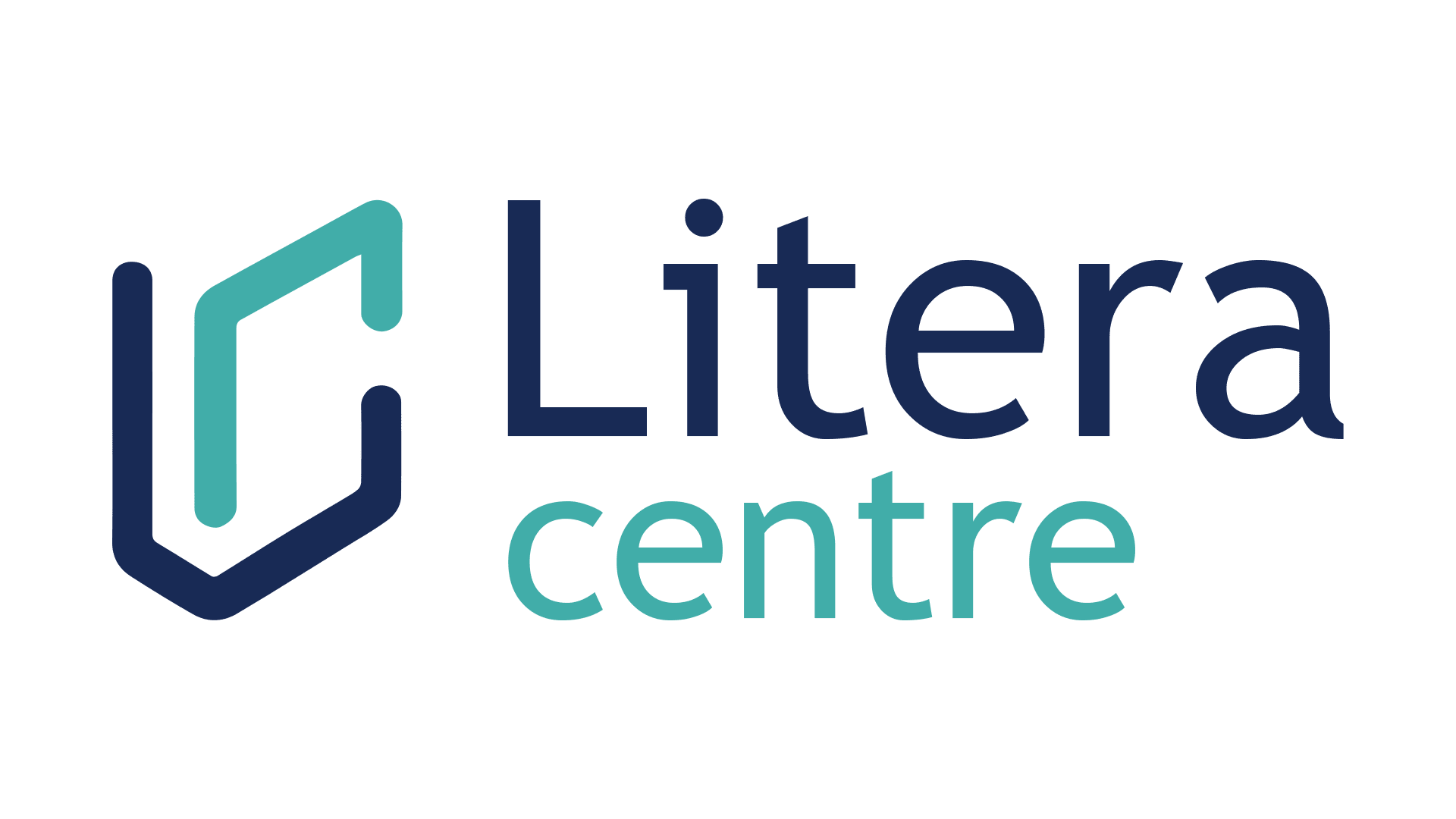A gap year is a period, usually between high school and college or between college and work, when a person takes a break from formal education and pursues other interests, such as traveling, volunteering, working, or learning new skills.
One of the tools that can help gap year takers plan and manage their time effectively is the DSAT in gap years framework. A gap year can be a valuable and rewarding experience for many people, as it can help them discover their passions, gain new perspectives, develop personal and professional skills, and prepare for their future goals.
DSAT framework is based on the principles of project management and can help gap year takers set clear objectives, break down their activities into manageable tasks, execute their plans, and monitor their progress and outcomes.
In this blog, we will discuss the role of DSAT in gap years and examine its pros and cons.
Define:

The first step of the DSAT in gap years is to define the purpose and scope of the gap year. This involves answering questions such as:
- Why do I want to take a gap year?
- What do I hope to achieve or learn from it?
- How long do I want to take a gap year?
Pros:
- Gap year takers increase their motivation and commitment to their plans as they can see how their gap year aligns with their personal and professional aspirations.
- It helps to identify and prioritize their needs and wants and allocate their resources accordingly.
- It communicates plans and expectations to their parents, teachers, friends, or potential employers and gains their support and understanding.
Cons:
- It can be difficult and time-consuming.
- It limits the flexibility and spontaneity of the gap year, as gap year takers might feel obliged to stick to their plans and goals and miss out on some unexpected or serendipitous experiences.
- It creates pressure and anxiety for gap year takers, as they might feel overwhelmed by the magnitude or complexity of their plans and goals or worry about not achieving or fulfilling them.
Structure:
The second step of the DSAT in gap years is to structure the activities and tasks of the gap year. This involves answering questions such as:
- What are the main activities or projects that I want to do or complete during my gap year?
- How can I break each activity or project into smaller, more manageable tasks or steps?
- What resources, tools, or skills do I need for each task or step?
- What deadlines or milestones do I need or want to meet for each task or step?
Pros:
- Structuring the activities and tasks of the gap year can help gap year takers improve their productivity and performance, as they can follow a systematic and organized approach to their plans and track their progress and achievements.
- It can help gap year takers enhance their learning and development by identifying and acquiring the resources, tools, or skills they need or want for their plans and applying them to their tasks or steps.
- Increase satisfaction and enjoyment, as they can see the results or outcomes of their plans and celebrate their accomplishments or milestones.
Cons:
- It is challenging and demanding.
- Structuring the activities and tasks of the gap year can reduce the creativity and innovation of the gap year, as gap year takers might follow a rigid or predetermined plan of action and miss out on some opportunities or possibilities for improvisation or experimentation.
- Structuring the activities and tasks of the gap year can create stress and burnout for gap year takers, as they might face a lot of pressure or responsibility for their plans and neglect their health or well-being.
Act:

The third step of the DSAT in gap years is to act on the activities and tasks of the gap year. This involves answering questions such as:
- How can I start or initiate my activities or projects?
- How can I execute or complete my tasks or steps?
- How can I overcome any problems or challenges during my activities or projects?
Pros:
- Acting on the activities and tasks of the gap year can help gap year takers fulfill their potential and aspirations, as they can pursue their passions, interests, or dreams and make them a reality.
- Acting on the activities and tasks of the gap year can help gap year takers expand their horizons and perspectives, as they can explore new places, cultures, or ideas and learn from them.
- Acting on the activities and tasks of the gap year can help gap year takers improve their confidence and resilience.
Cons:
- Acting on the activities and tasks of the gap year can be risky and unpredictable, especially for gap year takers who are not prepared or experienced enough for their activities or projects. It might expose them to physical, emotional, or financial harm or legal or ethical issues.
- It can be isolating and alienating, especially for gap year takers not supported or understood by their family, friends, or society.
Track:
The fourth and final step of the DSAT in gap years is to track the progress and outcomes of the gap year. This involves answering questions such as:
- How can I record or document my activities or projects?
- How can I reflect on or review my tasks or steps?
- How can I analyze or assess the results or impacts of my activities or projects?
- How can I share or communicate my experiences or learnings with others?
- How can I apply my skills or outcomes to my future goals or plans?
Pros:
- Tracking the progress and outcomes of the gap year can help gap year takers optimize their efficiency and effectiveness, as they can identify and address any gaps, errors, or weaknesses in their plans, actions, or results and make necessary or desirable changes or improvements.
- Tracking the progress and outcomes of the gap year can help gap year takers demonstrate their value and impact, as they can provide evidence and examples of their accomplishments and contributions and showcase them to others.
- Tracking the progress and outcomes of the gap year can help gap year takers integrate their learning and growth, as they can synthesize and generalize their feedback and insights and apply them to their future goals or plans.
Cons:
- Tracking the progress and outcomes of the gap year can be tedious. It might require a lot of time, effort, or attention and interfere with enjoyment or immersion in activities or projects.
- Tracking the progress and outcomes of the gap year can be biased and subjective. It might affect the accuracy or validity of their data or information and lead to false or misleading conclusions or interpretations.
- Tracking the progress and outcomes of the gap year can be stressful and discouraging. It affects their confidence or motivation and causes them to doubt or regret their decisions or actions.
DSAT in gap years: Conclusion

In conclusion, the DSAT in gap years is a valuable and practical tool that can help gap year takers plan and manage their time effectively and make the most of their gap year. However, it also has some drawbacks and limitations that must be considered and addressed.
Therefore, gap year takers should use the DSAT in gap years as a guide, not a rule, and adapt it to their needs, preferences, and situations. A gap year can be a life-changing and enriching experience, but also requires careful and thoughtful preparation and execution.
Still, confused? Litera Centre is your answer. Contact us to know more about the DSAT online tuition and grab your opportunity now!





